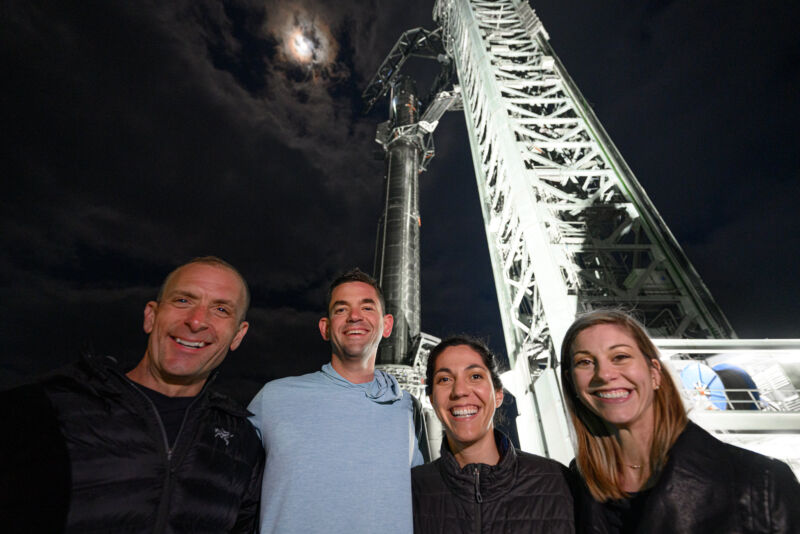-
 chevron_right
chevron_right
AMD pulls back on drivers for aging-but-popular graphics cards and iGPUs
news.movim.eu / ArsTechnica · Thursday, 9 November - 18:00 · 1 minute

Enlarge / AMD's RX 480, which got good reviews back in 2016 for its performance and budget-friendly $200 starting price. (credit: Mark Walton)
After a couple of years of cryptocurrency- and pandemic-fueled shortages, 2023 has been a surprisingly sensible time to buy a new graphics card. New midrange GPUs like Nvidia's GeForce RTX 4060 and AMD's Radeon RX 7600 haven't been huge upgrades over their predecessors, but they're at least reliable performers that you can consistently buy at or under their launch prices.
If you've been hanging on to an old AMD Radeon GPU, though, there's some bad news: According to AnandTech, AMD is beginning to pull back on driver support for some of its late-2010s-era GPUs, most notably its Polaris and Vega GPU architectures. Support for these GPUs has already been removed from the company's Linux drivers , and Windows drivers for the GPUs will be limited mostly to "critical updates."
"The AMD Polaris and Vega graphics architectures are mature, stable and performant and don’t benefit as much from regular software tuning," reads AMD's official statement. "Going forward, AMD is providing critical updates for Polaris- and Vega-based products via a separate driver package, including important security and functionality updates as available. The committed support is greater than for products AMD categorizes as legacy, and gamers can still enjoy their favorite games on Polaris and Vega-based products."

